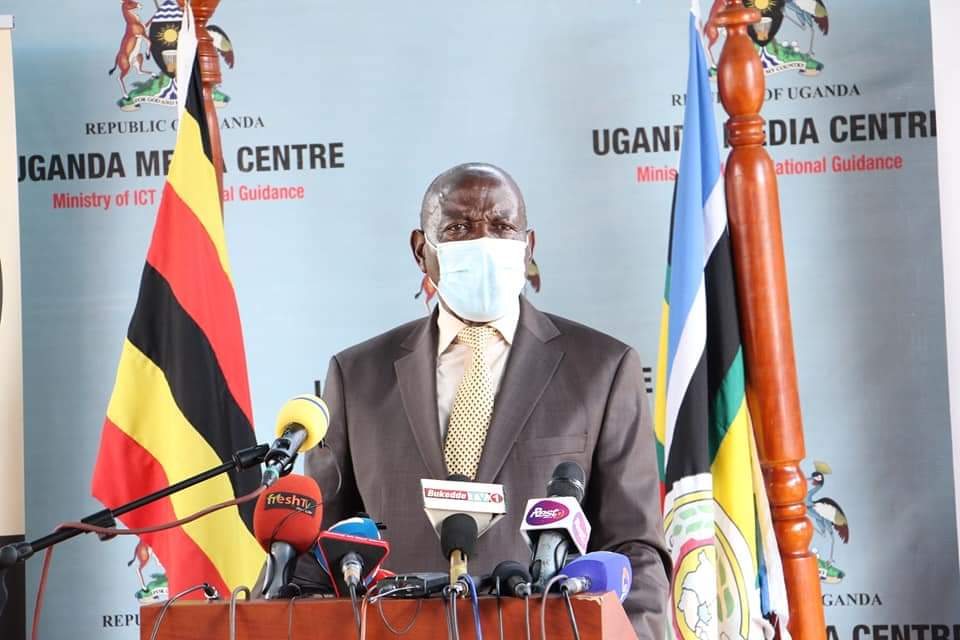
KAMPALA – Finance Minister Matia Kasaija has said that much of the borrowed money is being used to invest in projects that will grow the economy.
He said that the public debt is projected to rise to 51.9% of GDP in FY 2021/22 on account of borrowing to finance key infrastructure projects especially in transport, oil and gas.
“Public debt is projected to decline thereafter on account of increased domestic revenue as government implements the domestic revenue mobilisation strategy which targets to increase domestic revenue to GDP by 1% per annum,” said Minister Kasaija.
He says that despite the impact of Covid-19, Uganda’s economy realised a positive growth of 2.9% in FY 2019/20, adding that in FY 2020/21, the economy is projected to grow by 3.1%.
Kasaija was on Friday launching the National Budget month (NBM) FY 2021/22 which aims at creating awareness about the priorities and opportunities the budget presents to all Ugandans.
NBM is part of the budget transparency initiatives that enable government to interact with citizens on budget related matters.
According to him, the budget for FY 2021/22 will focus on interventions which “will sustain recovery from the socioeconomic setbacks caused by Covid-19 and other domestic shocks such as locusts invasion and floods.”
“The budget strategy FY 2021/22 focuses on a broad and interlinked agenda which includes: Maintenance of security, peace and good governance, accelerating pace of industrialization, research and innovation and human capital development,” he said.
The economic and social activities in the budget for FY 2021/22 include: Investments in the oil and gas sector, export market opportunities and implementation of the parish development model.
As at December 2020, total debt stock was USD 17.96 billion (UGX 65.83 trillion) indicating an increase from USD 13.3 billion (UGX 49.0 trillion) as at end of December 2019.
Out of the total public debt stock, external constituted a share of 64.98% equivalent to USD 11.67 billion (UGX 42.6 trillion) whereas domestic debt constituted 35.02% equivalent to USD 6.29 billion (UGX 22.9 trillion).
According to the Finance Ministry, the rise in total public debt is on account of increased external and domestic borrowing to address the socio-economic impact of Covid-19 and mitigate the negative effects of the economy.





